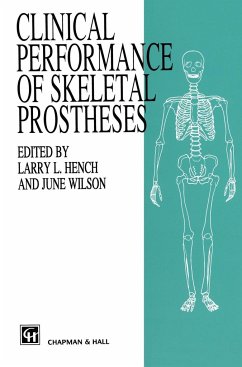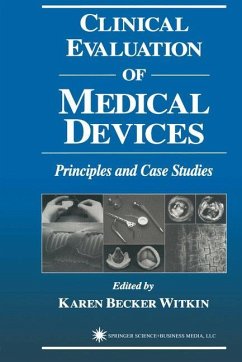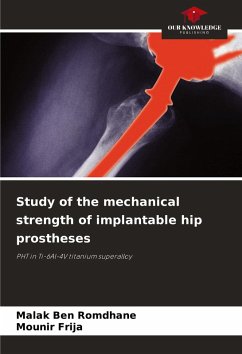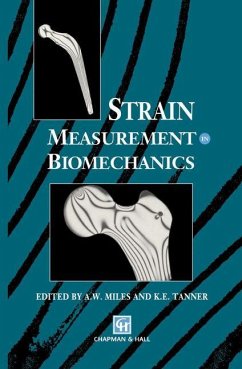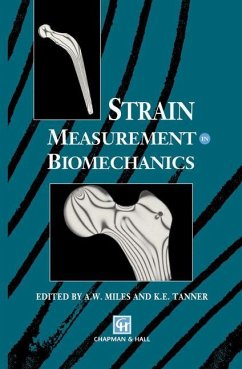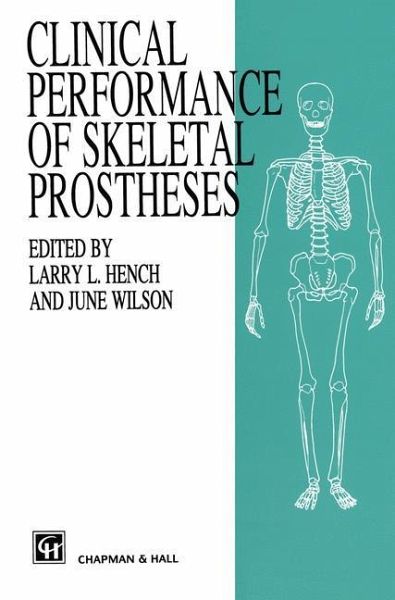
Clinical Performance of Skeletal Prostheses

PAYBACK Punkte
39 °P sammeln!
Larry L. Hench June Wilson OBJECTIVE Millions of people presently enjoy an improved quality of life due to prostheses which repair, augment or replace parts of their skeletal system: bones, joints, teeth, etc. However, all replacement parts have a finite probability of survival. The goal of this book is to compare the survivability data for various skeletal prosthesis systems. All data derive from previously published clinical studies. Where possible statistical comparisons are made and the reasons for failure are discussed. THE NEED FOR SKELETAL PROSTHESES We are an aging population with more...
Larry L. Hench June Wilson OBJECTIVE Millions of people presently enjoy an improved quality of life due to prostheses which repair, augment or replace parts of their skeletal system: bones, joints, teeth, etc. However, all replacement parts have a finite probability of survival. The goal of this book is to compare the survivability data for various skeletal prosthesis systems. All data derive from previously published clinical studies. Where possible statistical comparisons are made and the reasons for failure are discussed. THE NEED FOR SKELETAL PROSTHESES We are an aging population with more than 100 million people in the U. S. and Europe over the age of 50 years. An unfortunate consequence of aging is a progressive deterioration of the quality of skeletal tissues. From the age of 30 years there is a decrease in bone mass for both men and women (Fig. 1. 1). However, for women it is much greater and between 40 and 60 years of age the rate of deterioration of long bones and vertebrae of women is especially severe due to hormonal changes. By the age of 70 most women will have lost from 35 to 60% of their bone mass. The loss of volume of cancellous or trabecular bone leads to a large decrease in mechanical compressive strength (Fig. 1. 2). The clinical consequence is an increasing incidence of vertebral collapse. Cortical bone decreases in tensile strength with age (Fig. 1.





